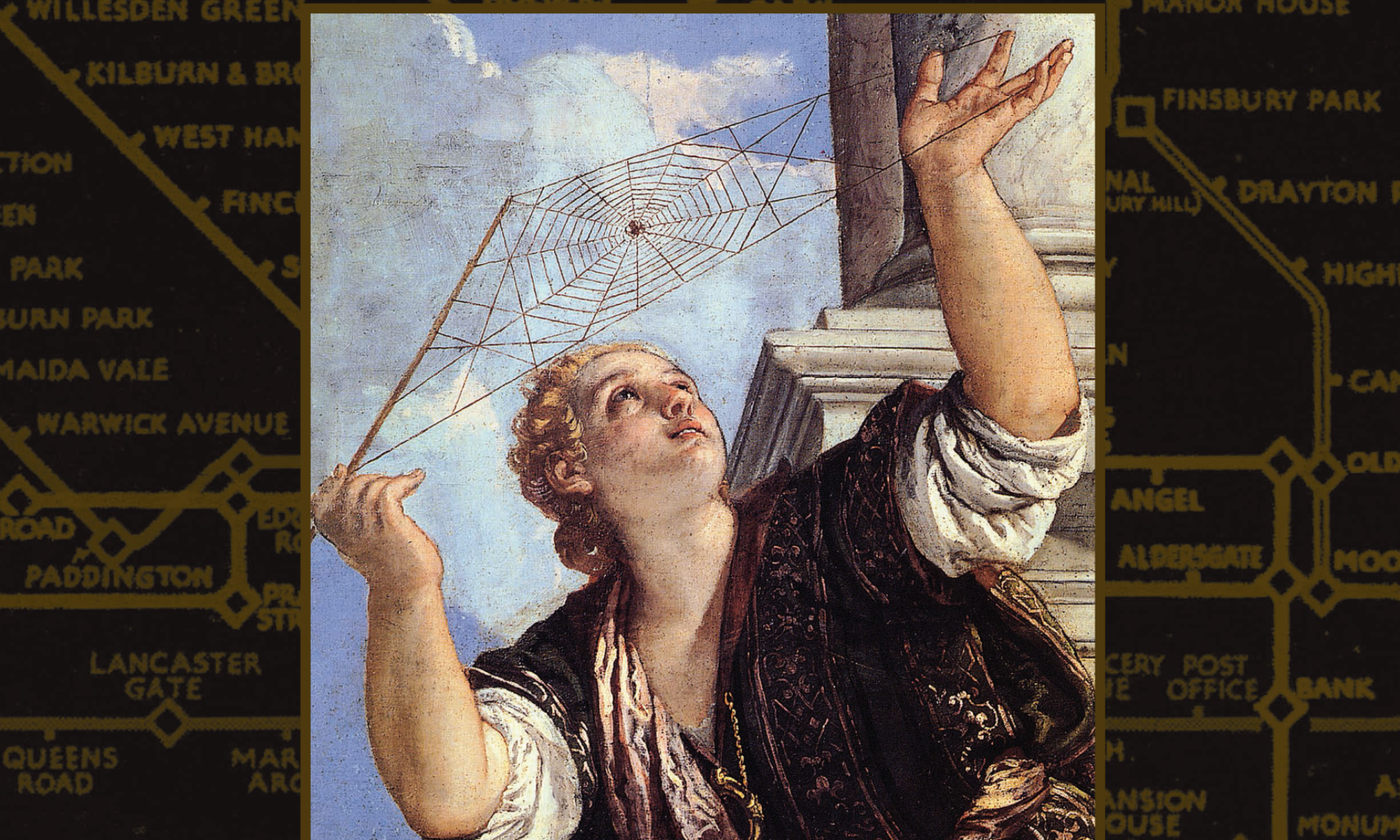In den von Cornelius Borck herausgegebenen „Berichten zur Wissenschaftsgeschichte“ ist dieser Tage ein Text über Susan Leigh Star erschienen, an dem ich lange gearbeitet habe. Und natürlich ist er eigentlich immer noch nicht fertig – aber nun immerhin online auffindbar, insofern freundliche Bibliotheken die Zeitschrift abonniert haben. Hier der Abstract:
The Durkheim Test. Remarks on Susan Leigh Star’s Boundary Objects. The article reconstructs Susan Leigh Star’s conceptual work on the notion of ‘boundary objects’. It traces the emergence of the concept, beginning with her PhD thesis and its publication as Regions of the Mind in 1989. ‘Boundary objects’ attempt to represent the distributed, multifold nature of scientific work and its mediations between different ‘social worlds’. Being addressed to several ‘communities of practice’, the term responded to questions from Distributed Artificial Intelligence in Computer Science, Workplace Studies and Computer Supported Cooperative Work (CSCW), and microhistorical approaches inside the growing Science and Technology Studies. Yet the interdisciplinary character and interpretive flexibility of Star’s invention has rarely been noticed as a conceptual tool for media theory. I therefore propose to reconsider Star’s ‘Durkheim test’ for sociotechnical media practices.
